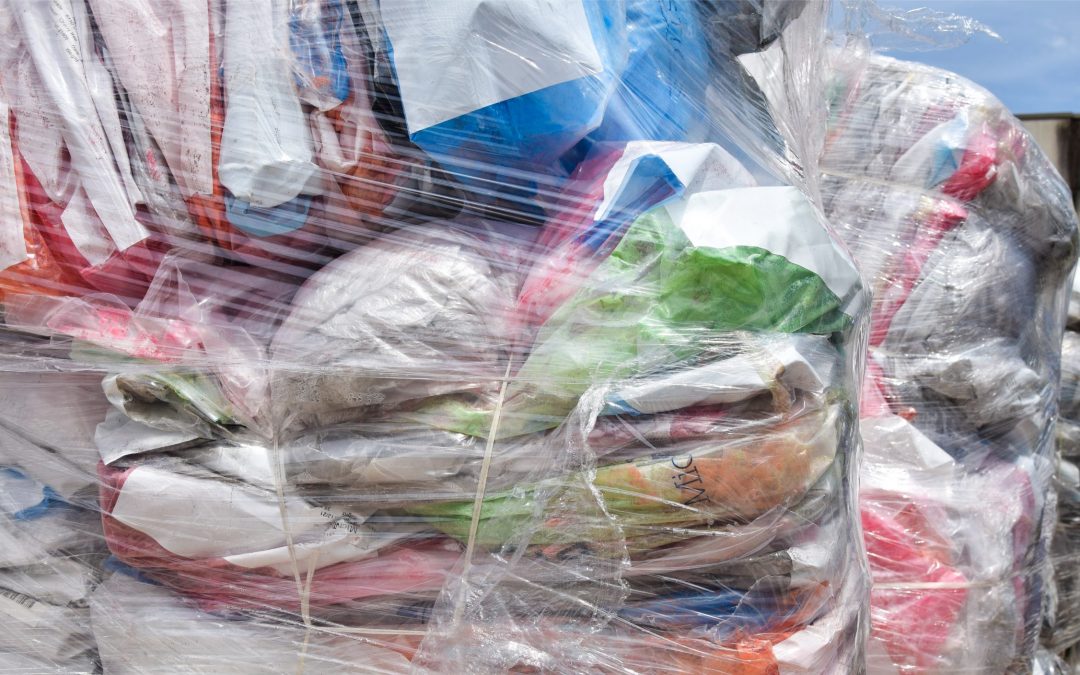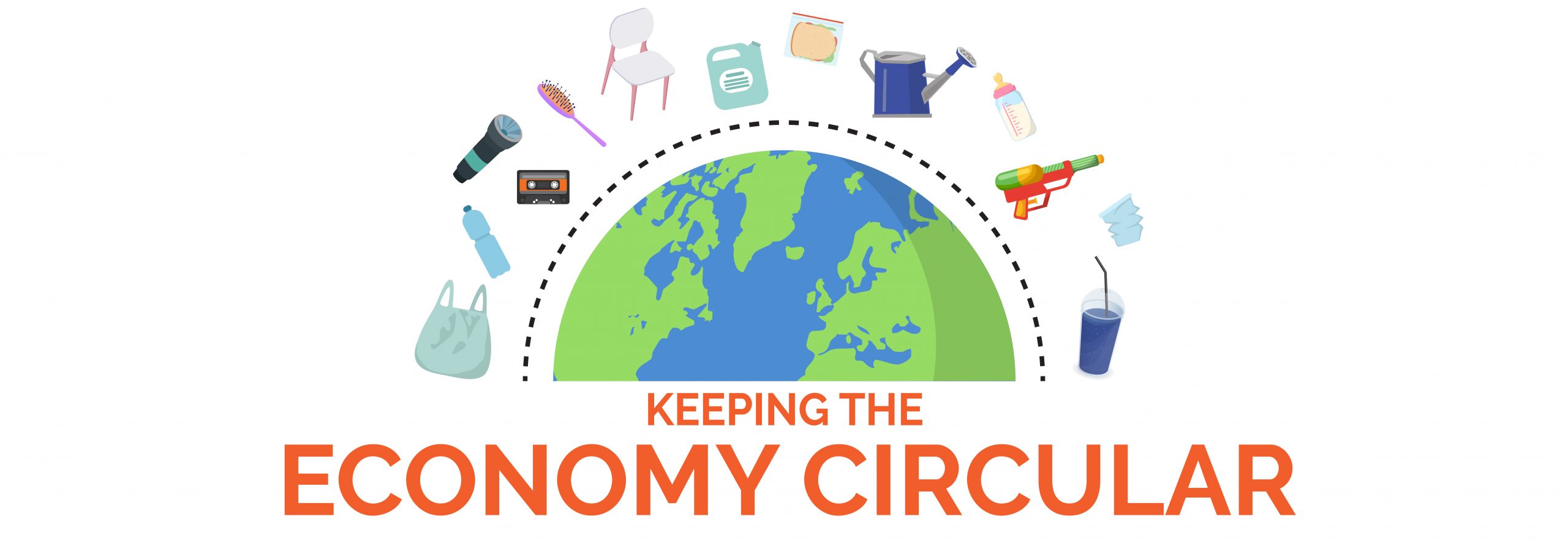
Reduce. Reuse. Recycle.
We’ve all heard this phrase repeated to us throughout the last couple of decades. Yet, while this has become a common rhetoric, there has been limited improvement in our waste management efforts. In fact, recycling (or the lack of) has become an international crisis, with pollution only worsening as more plastic is found in our oceans and landfills. Only 12% of plastic used within Australia is successfully recycled. [1]
Why is this happening? We are arguably more conscious of the effects of pollution now than ever before. With the amount of conversation currently surrounding the topic, many are confused about the lack of significant, global action to solve this issue.
Upon investigation, it’s revealed that recycling is a complex subject with more contributing factors than initially meets the eye. In fact, what many people refer to as ‘recycling’ is actually just one aspect of what is called the ‘circular economy’. Not only is recycling expensive, but there are specific and important standards which must be met, which often complicates the process.
However, this does not lessen the responsibility we have as global citizens to look after our currently struggling planet. Nor does it lessen the severity of the consequences we are facing from the current linear model of production and consumption.
So, what is the circular economy? How do we navigate it? What can we do to directly address our waste management crisis? And how does Rotadyne position itself within a sustainable system of production?
What is the Circular Economy
The circular economy describes a model of production and consumption which focuses on sustainability of the products themselves. This means encouraging the ability to reuse, refurbish, repair, repurpose, and of course, recycle.
“It’s designed specifically to optimize waste or to optimize the use of resources throughout the entire economic system.” – Dr Scott Valentine.
The product is designed for longevity, aimed for an extended lifecycle with as few new materials involved. The purpose is to reduce the strain on the planet from extracting raw resources and creating unnecessary waste, and to take the emphasis off recycling alone. Instead, the circular economy works to keep products in circulation through less resource-intensive processes by focusing on making them durable and repairable.
As we’ve emphasized repeatedly on our blog, website, and across our social medias, we at Rotadyne are big fans of all things rotational. Our Product Development Manager, Igor Silva, is such a fan that he also has recently started specializing in the topic of circular economy.
Working with other experts at Western Sydney University, Igor has been teaching classes on this topic for a little over a year now, and has a lot to share with us about how we got to where we are, and how we can do better both as businesses and as designers.
“The circular economy is not just about recycling. The plan is not to just “make things recyclable”. The world has plenty of recyclable things, everywhere. It hasn’t helped anything, because those recyclable things are still floating in the ocean, they’re still in land dumps, they’re still causing issues.” – Igor Silva.
Where Plastic is Concerned
Most of the time when people talk about pollution, they focus their much of criticisms on plastic. This is understandable: it’s a non-biodegradable material yet and often ends up in landfills or in our oceans, especially the cheaper single use plastics used for straws, shopping bags and coffee cups.
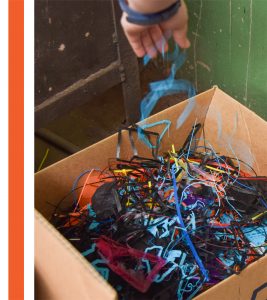 Around 40% of plastics produced are single use[2], and plastics as a whole contribute to approximately 80% of all marine debris studied by the IUCN in 2020[3]. Considering half of all existing plastic was manufactured in just the last 15 years[4], these are alarming statistics.
Around 40% of plastics produced are single use[2], and plastics as a whole contribute to approximately 80% of all marine debris studied by the IUCN in 2020[3]. Considering half of all existing plastic was manufactured in just the last 15 years[4], these are alarming statistics.
Ultimately, plastic is fundamentally made to last a really long time. There is definitely a conversation to be had surrounding the careless and detrimental approaches to plastic use we commonly see, which organizations such as Ellen Macarthur Foundation are working to correct.
Plastic as a whole has definitely earned its negative reputation. However many argue that the blame for that falls less on the creation of plastic material, and more on the consumerist trends which followed its creation which has been propagated by many institutions with ‘quantity over quality’ mentalities.
“People realized you can make things really cheaply with [plastic]…. The biggest issue is the state of consumerism in the world at the moment… when it comes to ‘stuff’, we have an embarrassment of riches.” – Igor Silva
Once it was discovered that plastic can make thousands of products each day, which could potentially eventuate just as many sales, plastic products rapidly began to down spiral into the flimsy, cheap commodities we know today. The focus shifted from long-lasting products, to easily replaceable and highly affordable ones. Now when people do seek quality products, they tend to stay far away from plastics.
But this is not always the case. For example, here at Rotadyne, we actively work against this common perception and instead demonstrate what plastic can achieve by focusing on longevity, durability and expanded lifecycles.
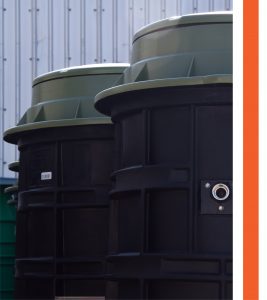 Our plastic is UV stabilized. It is resistant to high levels of corrosion from anything from salt water to fuel and chemicals. It is made to handle harsh climates and environments which the product is designed to be in. These make an astronomical difference its life cycle and consequentially its environmental impact.
Our plastic is UV stabilized. It is resistant to high levels of corrosion from anything from salt water to fuel and chemicals. It is made to handle harsh climates and environments which the product is designed to be in. These make an astronomical difference its life cycle and consequentially its environmental impact.
“Our water tanks come with a ten year warranty. They are more resistant to weathering, they aren’t as impacted by corrosion, and they’re quite easy to make resource wise.” – Igor Silva
Irresponsible plastic use may have caused the current issue, but it is also potentially a leading solution. The same qualities which keep it sitting in landfills for years, can instead be used to ensure the product is durable enough to last long enough to be used for over a decade.
Basically, its durability is horrible for our oceans, but fantastic to create products which don’t need to be thrown away and replaced in the first place. Quality plastics are very effective in breaking the ‘break, throw away, replace’ cycle which cheaper plastics fuel.
“Plastic has become synonymous with cheap and quick and short lasting. But plastic can outlast metal and timber… In fact, when it first came onto the market, it was known as the superior material, because you can make really good things with it, really strong and sturdy products.” – Igor Silva
Pointing the Finger
The question of “who’s at fault” makes a lot of people (and companies) understandably nervous. Before addressing this question, however, it is important to distinguish the difference between pre-consumer waste, and post-consumer waste.
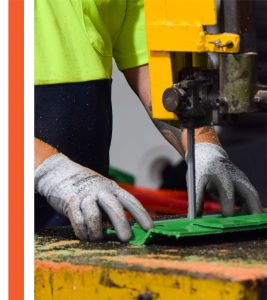 The latter is, as you may have guessed, waste which occurs after the user has purchased and (hopefully) used the product, causing it to reach the end of its viable life time. The former refers to waste which occurs during the manufacturing of the product: scrap material, reject products, and prototypes.
The latter is, as you may have guessed, waste which occurs after the user has purchased and (hopefully) used the product, causing it to reach the end of its viable life time. The former refers to waste which occurs during the manufacturing of the product: scrap material, reject products, and prototypes.
From an Australian Government perspective, there are very few incentives for minimizing plastic use or supporting recycling during production. However, there has been an increased push towards policies which advocate for a circular economy, looking to reduce the need for virgin material use and the overall amount of waste piled into the landfills. [5]
The facts are that whilst we all have personal responsibilities to manage our waste and recycling efforts on microscales, cooperation’s are statistically and practically liable for the state of the economy of consumption and production. A famous report from 2019 revealed that a total 100 companies alone have been responsible for 71% of all industrial emissions since the initial recognition of human-driven climate change[6].
In other words, if we are to see real change, then businesses, designers and manufacturers need to start accepting liability and work to implement sustainable systems for sourcing, production and distribution.
Whether we like it or not, the product may end up in the customer’s hands, but it begins in the design room where it is fundamentally developed. Taking preventative approaches early on in the creative process to ensure products are suited for the circular economy is essential. It all starts with us and what we make accessible for the consumer.
“You cannot get through a single day without having an impact on the world around you. What you do makes a difference, and you have to decide what kind of difference you want to make.” – Jane Goodall.
The Challenges of Change
Despite the world being well aware about the urgent need for change, walking the environmentally friendly walk comes with many undeniable challenges. It’s not as simple as “make the change”, particularly when addressing a company’s individual policies and approaches.
Recycling has always been addressed with large scale solutions, and for a valid reason: it is extremely expensive. You need a significant amount of material to make the process financially viable and avoid being placed into a deficit.
“We need a lot of companies to care for the cause for it to be worthwhile, and unfortunately, the dollar sign wins… It’s very difficult to find good incentives for recycling.” – Igor Silva.
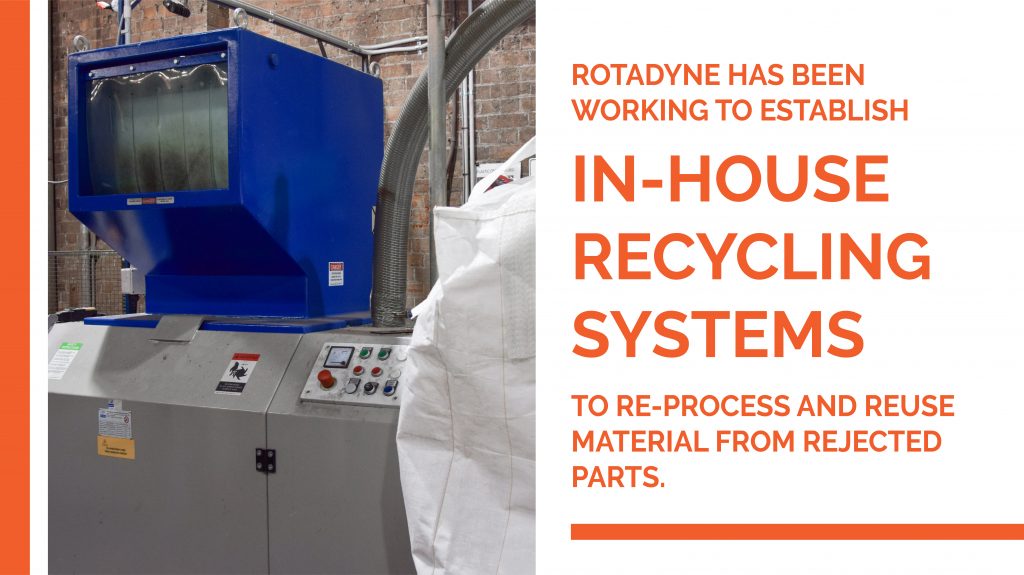
Whilst newer businesses hold an advantage in that they can build their business structure around principles of sustainability and recycling, existing companies rarely have the same opportunities without needing to implement a significant up-pricing of their products, and ultimately driving themselves out of the market. It is a delicate and slow-process to transfer into new processes suitable for the circular module we need to be aiming for.
There is also a common misconception that recycled ingredients are cheaper than raw materials. This expectation rises from valid observations, such as a lack of material certification (due to the inability to confirm the exact components from which it is created), as well as its physical or practical limitations. Recycled plastic has not been evolved to perform at the level of raw materials: simply put, it just doesn’t work as well.
However, despite this, the price we pay to use recycled plastics is higher than many would expect. Recycling old material requires the use of expensive machinery for reprocessing, and also demands significant labor work. Adding the price you paid for the plastic to begin with (before it became ‘waste’), the entire process accumulates into a hefty receipt, which many existing companies are just not capable of paying. Change needs to be effective, but it needs to also be viable.
“And that’s not likely to change. The only way that’s gonna change is with new systems being put in place that work like that from the get-go.” – Igor Silva.
A fundamental, long-term shift in mindset across industries, states and economies is critical for us to stabilize ourselves within a sustainable and proactive system which successfully manages and reduces our overall waste. We need to create an economy which rewards sustainability, and aim to develop businesses which consider these factors from the start to avoid these complications down the road.
These challenges in recycling is why the industry is working towards finding alternative solutions to recycling. Ultimately, recycling should be the last resort, rather than the go-to strategy used to excuse over-production of plastic items (particularly single use).
This is part of Igor’s goal in teaching classes at Western Sydney University in Industrial Design. In educating future designers early on about the circular economy and the importance of sustainable design, the hope is that the industry itself will begin to shift towards a environmentally conscious trends.
This will take time, but as they say, Rome wasn’t built in a day. Ingraining these lessons in the minds of our future designers will set the stage for important innovations and systems which will help navigate us out of the current predicament of high-consumerism and low waste-management.
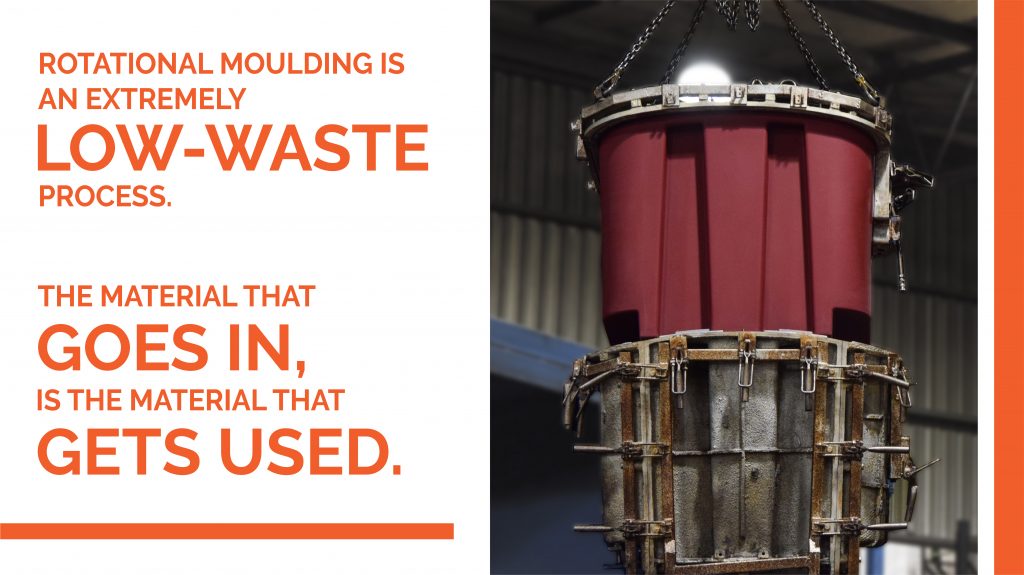
Onto the Future.
It is important to remember that hope is not lost. We have a plan, and our growing awareness is the first step for establishing real change.
“The world’s slowly waking up, the future is, at least with design, going in the right(ish) direction.” – Igor Silva.
Institutions such as the Ellen MacArthur Foundation say we need to work to “eliminate, innovate, and circulate”. We must get back to the drawing table and rethink our approach in the design, use and circulation of plastics. All products and the systems they sit within must be developed to fundamentally encourage zero-waste, and so that the maximum use is achieved from every process, material, and component.
“We cannot simply recycle or reduce our way out of the plastic pollution crisis. If we don’t act now, by 2050 there could be more plastic than fish in the oceans.” – Ellen MacArthur Foundation. [7]
This all begins in our products, our business models, our marketing, and perhaps most importantly our education. Making the information on the ‘hows’ and ‘whys’ of recycling accessible to everyone from customers to designers initiates the shift in social and cultural mentalities, and in turn influences the markets demand.
“The education on the end user changes how they use the end product… there’s a shift in focus to encouraging users to want to recycle. Or return it, or keep it.” – Igor Silva.
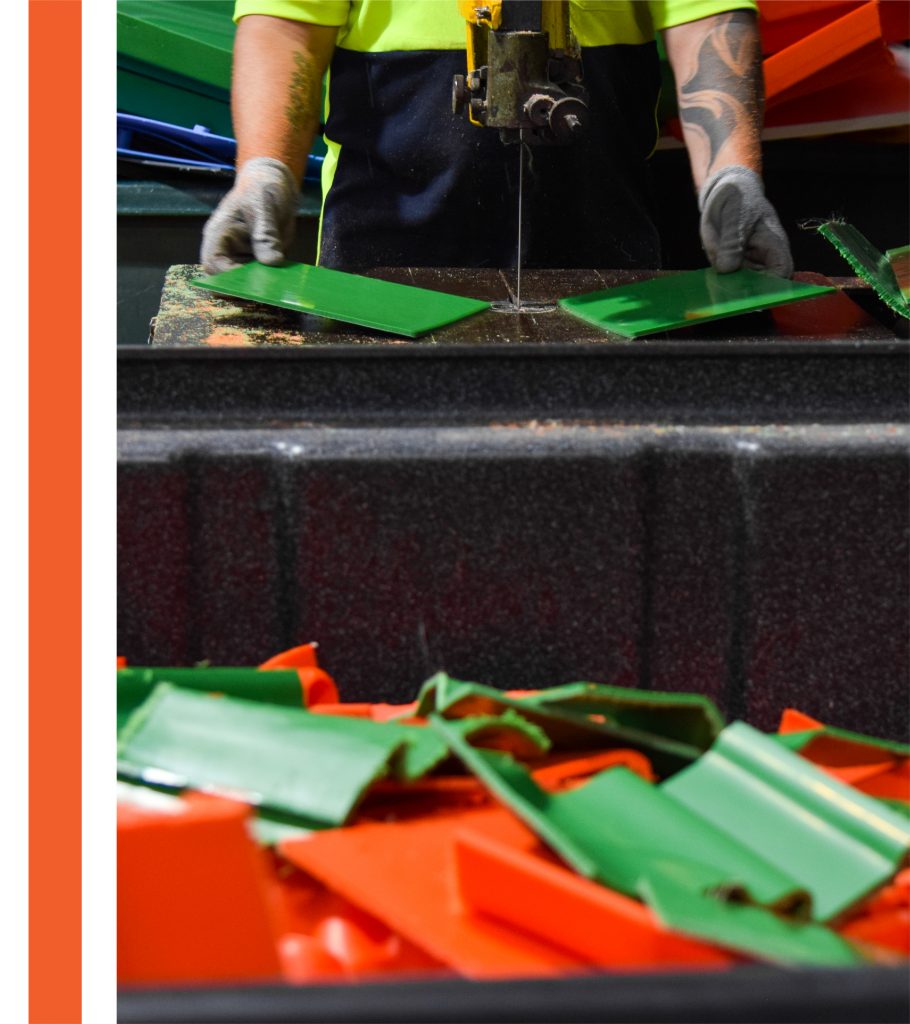 Our products should not just be recyclable, but encourage and facilitate the process from start to finish. Our services should do more than just make sustainability an option, and instead make sustainability attractive. Whether on the user end, or in the design and manufacturing stages, solving this issue will be a collaborative journey to induce the collective impact we need to change our story from pollution, to restoration.
Our products should not just be recyclable, but encourage and facilitate the process from start to finish. Our services should do more than just make sustainability an option, and instead make sustainability attractive. Whether on the user end, or in the design and manufacturing stages, solving this issue will be a collaborative journey to induce the collective impact we need to change our story from pollution, to restoration.
At Rotadyne, we have worked with many companies with the right mentalities to achieve this, such as our clients Geosentinel who created the Washbox to help prevent toxic chemicals from polluting our waters, as well as reduce overall plastic waste within the construction industry (read more here).
There’s also government initiatives surrounding recycling efforts, such as the Recycling Modernization Fund which seek to “future-proof” Australia’s domestic waste in response to the recent waste export ban. By investing in infrastructure and sustainability projects, they ensure our waste is not wasted, and instead treated as the valuable resource it is and circulated within the Australian economy rather than discarded and polluted.
Basically it’s onwards and upwards from here.
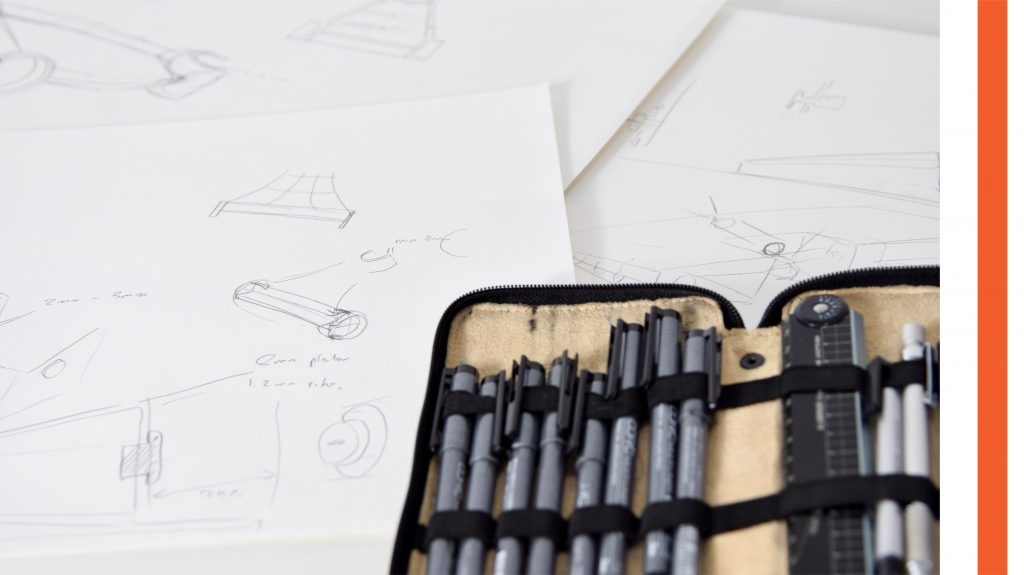
References
[1] https://www.wwf.org.au/news/blogs/10-worst-single-use-plastics-and-eco-friendly-alternatives#gs.shtsgr
[2] https://www.wwf.org.au/news/blogs/10-worst-single-use-plastics-and-eco-friendly-alternatives#gs.shtsgr
[3] https://www.sas.org.uk/our-work/plastic-pollution/plastic-pollution-facts-figures/
[4] https://www.nationalgeographic.com/environment/article/plastic-pollution
[5] https://www.awe.gov.au/sites/default/files/env/pages/5a160ae2-d3a9-480e-9344-4eac42ef9001/files/national-waste-report-2020.pdf
[6] https://www.nrdc.org/experts/josh-axelrod/corporate-honesty-and-climate-change-time-own-and-act
[7] https://ellenmacarthurfoundation.org/topics/plastics/overview

